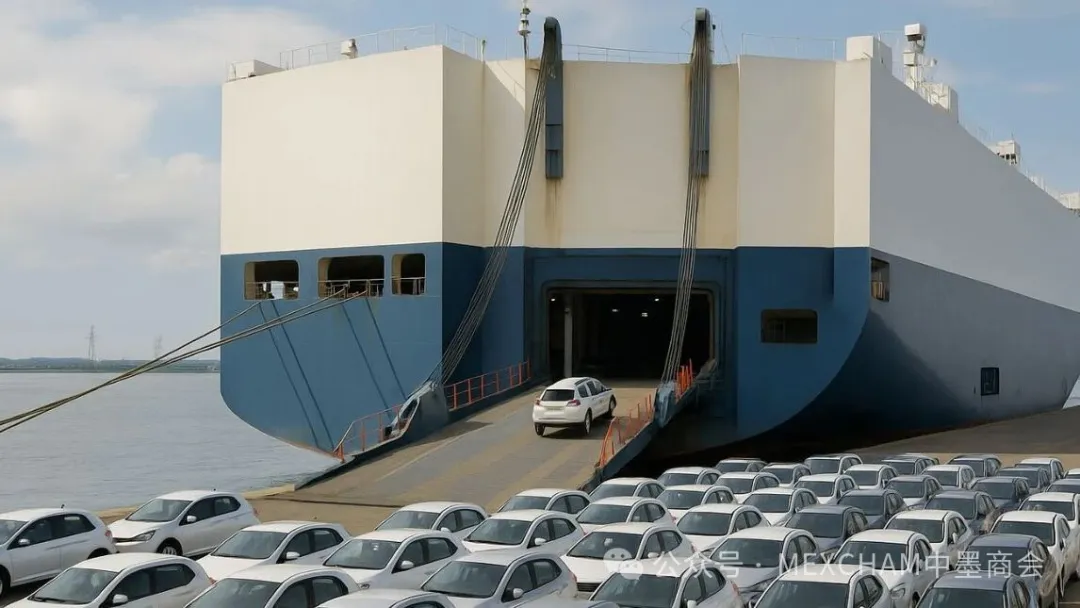
Lázaro Cárdenas grows while other ports decline
According to official figures, between January and June 2025, 1,010,005 vehicles were mobilized by sea in deep-sea traffic, compared to 1,130,122 in the same period of the previous year. The reduction was mainly marked by a drop in the ports of the Gulf-Caribbean, which fell 17%, while the Pacific coast remained practically stable with a minimum variation of -0.1%.
The dynamism of Lázaro Cárdenas, which went from 329,414 to 339,091 units, contrasted with the decline in other key points of the Pacific coast, such as Mazatlán, where a 10.7% drop was recorded. This reaffirms the strategic advantage of the port of Michoacán, both in infrastructure and intermodal connectivity.
On the other hand, traditionally active ports such as Veracruz faced a decrease of 15.8%, and Altamira of 8.9%. In Tuxpan, the collapse was 69.2%, which reflects a need to rethink operational capacities and logistics routes in that region.
Imports grow while exports contract
An encouraging aspect is the 6.7% increase in imports, which went from 432,557 to 461,553 units. This trend indicates a renewed confidence in the domestic market, particularly in segments that adjust their supply strategy in the face of global changes in manufacturing and relocation.
On the contrary, exports fell 21.3%, which represents a loss of more than 149 thousand units. This decrease could be linked to factors such as reconfigurations in global supply chains, tariff adjustments, or lower demand in certain international markets.
Despite the general downward context, the results of Lázaro Cárdenas represent a positive sign of strength and adaptation, as well as an opportunity to diversify logistics routes and strengthen the national port infrastructure. The resilience of the Pacific suggests that Mexico has strategic assets that can strengthen its logistics competitiveness, even in less favorable economic cycles.


中国墨西哥商会将继续作为墨西哥与中国之间的桥梁,不断努力。

(MEXCHAM)中国墨西哥商会
www.mexcham.org
bj.info@mexcham.org
